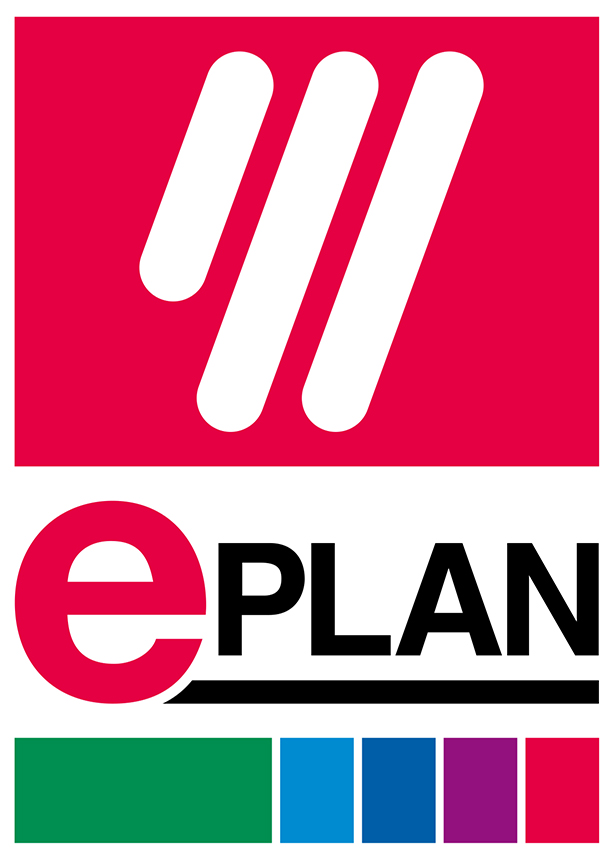
You don’t need a crystal ball to determine what the future holds for manufacturing. This next wave is even a part of some European government initiatives called Industry 4.0, which is based on product creation, from pre-planning to delivery, involving communication among the parts to be created and the assembly line machines.
The Internet of Things (IoT) is what makes this next wave possible. Faster internet speeds and larger bandwidth capabilities, coupled with advances in wireless networking, allow for sensor embedded devices to be linked to one another via the internet. This connectivity allows these devices to communicate with each other and with the software system as their hub.
When applied to manufacturing, it is further delineated as the Industrial Internet of Things (IIoT), which connects and optimizes machines allowing for deeper understanding of what is occurring on the factory floor. The data that emanates from the machines, coupled with advanced analytics, will allow for more intelligent decision making, which will profoundly transform the way products, and the machines that make them, are made.
The glue that holds it all together is data…Big Data. A high functioning software system takes the data collected throughout the network and analyzes and optimizes operations based on it. Some of the benefits can include improving system uptime, scheduled maintenance, power efficiency, and more efficient resource utilization.
SEE ALSO: The Role of Big Data on Machine Design and Production
What does this mean for design automation? This new level of connectivity between people, machines and processes is creating an evolutionary shift that allows for a more cohesive design experience. Here are just some of the ways this next wave will impact design:
Design will be a more collaborative operation with all stakeholders involved in the design process contributing their expertise in a more horizontal, rather than vertical, structure. This means a more cohesive design with cooperative product planning where all disciplines are working together, with the same data in real time, rather than the more traditional patchwork approach, where the design moves from one engineering silo to the next. A cooperative approach allows team members to address collectively how best to meet the customer’s needs and take full advantage of the team assembled.
This collaboration moves beyond company walls and extends to vendor relationships as well. By having access to manufacturer catalogues, actual components, along with their device data, can be inserted into the design, reducing configuration work and increasing the quality of the machine and system documentation.
SEE ALSO: The 3 Keys for Multidiscipline Team Success
The ability to standardize components by pooling pertinent data regarding product inventory, usage indicators, and other variants allows for a modular approach to product design. Up to 80% of a machine’s tasks are comparable to tasks performed by other machines. By building a library of these modular components, product design is not only sped up, but documentation and coding has already been proven.
New product development is more easily accomplished with the combination of big data analytics and enhanced collaboration. More detailed analysis allows for greater insights into how machines are being utilized and customer demand. Greater team member coordination creates synergies that lead to greater innovation. A growing library of standardized components can also lead to new modular combinations.
Because the database is shared by all disciplines including marketing, sales, and finance, insights from these departments can highlight where client needs can be better addressed.
The exploding growth of sensor embedded devices means that this next wave is well upon us. 2016 looks to be a year where the IIoT will make huge strides to transform older production methods. The cost savings, greater efficiency in manufacturing and the ability to use data to create new opportunities will mean that more  companies will implement the IIoT centric approach to product creation going forward. The longer a business resists this shift, the greater the potential for being significantly outpaced by the competition.
companies will implement the IIoT centric approach to product creation going forward. The longer a business resists this shift, the greater the potential for being significantly outpaced by the competition.




